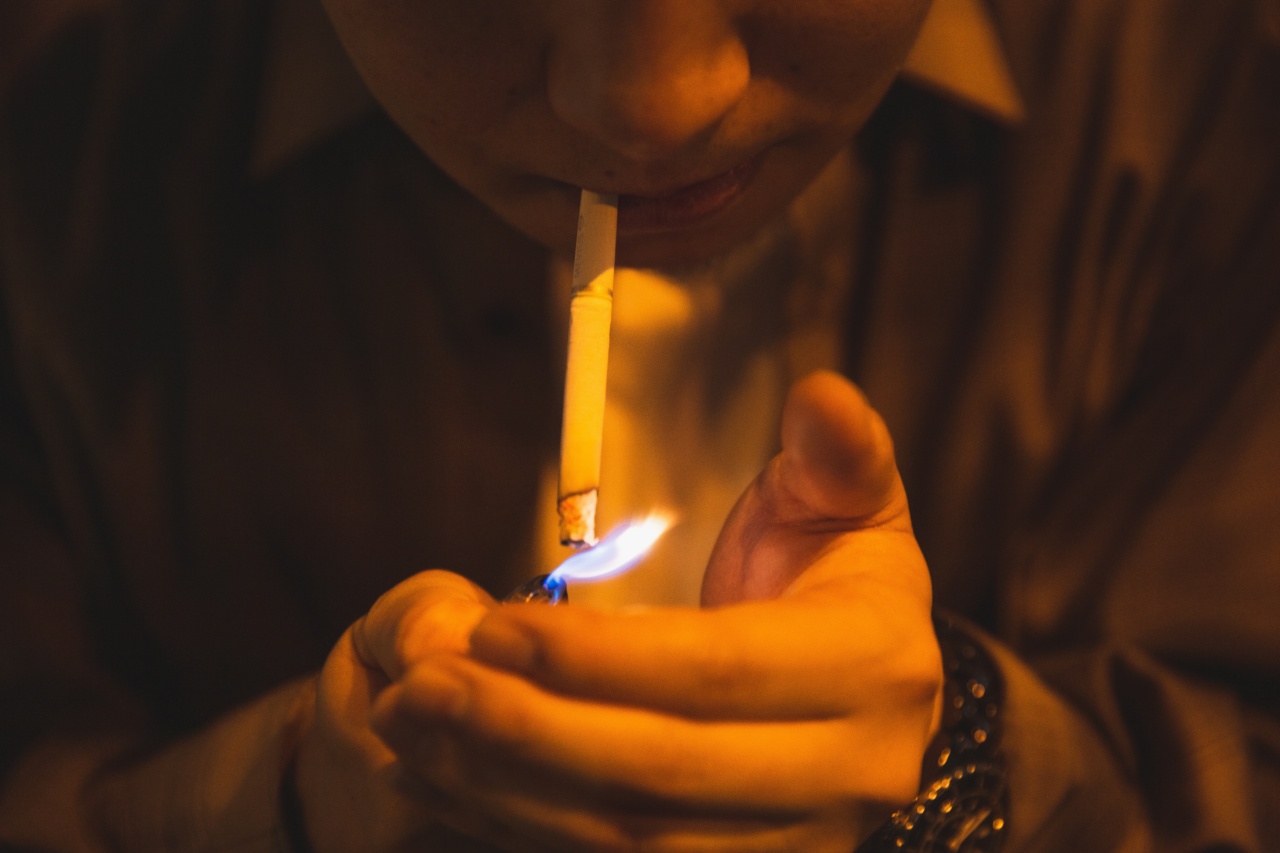High blood pressure, also known as hypertension, is a concerning habit that affects not only adults but also children. High blood pressure in children is often an indication of an underlying medical condition or an unhealthy lifestyle.
In this article, we will discuss the causes, symptoms, and treatments for high blood pressure in children.
Causes of high blood pressure in children
High blood pressure in children can be caused by several factors, including:.
- Obesity
- Inactivity
- Familial history of high blood pressure
- Smoking in the household
- Elevated cholesterol levels
- Chronic kidney disease
- Thyroid problems
- Sleep apnea
Symptoms of high blood pressure in children
High blood pressure in children often does not cause any symptoms. However, some children may experience:.
- Headaches
- Dizziness
- Nosebleeds
- Blurred vision
- Chest pain
- Fatigue
- Shortness of breath
Diagnosis of high blood pressure in children
High blood pressure is diagnosed in children by measuring their blood pressure. Blood pressure is measured non-invasively with an arm cuff device called a sphygmomanometer. The blood pressure is expressed as two numbers.
The first number is the systolic pressure, and the second number is the diastolic pressure. The normal blood pressure range for children is:.
- Less than 120/80 millimeters of mercury (mm Hg) for children aged 13-15
- Less than 130/80 mm Hg for children aged 16-18
If a child’s blood pressure is higher than the normal range, the doctor may repeat the measurement, ask the child to return for another measurement, or order additional tests to determine if an underlying condition is present.
Treatments for high blood pressure in children
Treatments for high blood pressure in children include lifestyle modifications and medication. Lifestyle changes include:.
- Weight loss
- Increased physical activity
- Reduced sodium intake
- Healthy diet
- Cessation of smoking in the household
If lifestyle modifications do not effectively lower a child’s blood pressure, medication may be prescribed. Medications commonly used to treat high blood pressure in children include:.
- Angiotensin-converting enzyme (ACE) inhibitors
- Angiotensin receptor blockers (ARBs)
- Beta-blockers
- Calcium channel blockers
- Diuretics
Prevention of high blood pressure in children
Preventing high blood pressure in children is key to reducing the risk of developing high blood pressure later in life. Lifestyle modifications that can prevent high blood pressure include:.
- Regular physical activity
- Healthy diet
- Reduced sodium intake
- Maintaining a healthy weight
- Cessation of smoking in the household
Conclusion
High blood pressure in children is a concerning habit that can lead to serious health problems. Causes of high blood pressure in children include obesity, inactivity, familial history, and chronic medical conditions.
Symptoms of high blood pressure in children may not be obvious, and blood pressure monitoring is necessary for diagnosis. Treatments for high blood pressure in children include lifestyle modifications and medication, and prevention is key to reducing the risk of high blood pressure.
By making healthy lifestyle choices and seeking medical attention when necessary, high blood pressure in children can be managed effectively.






























